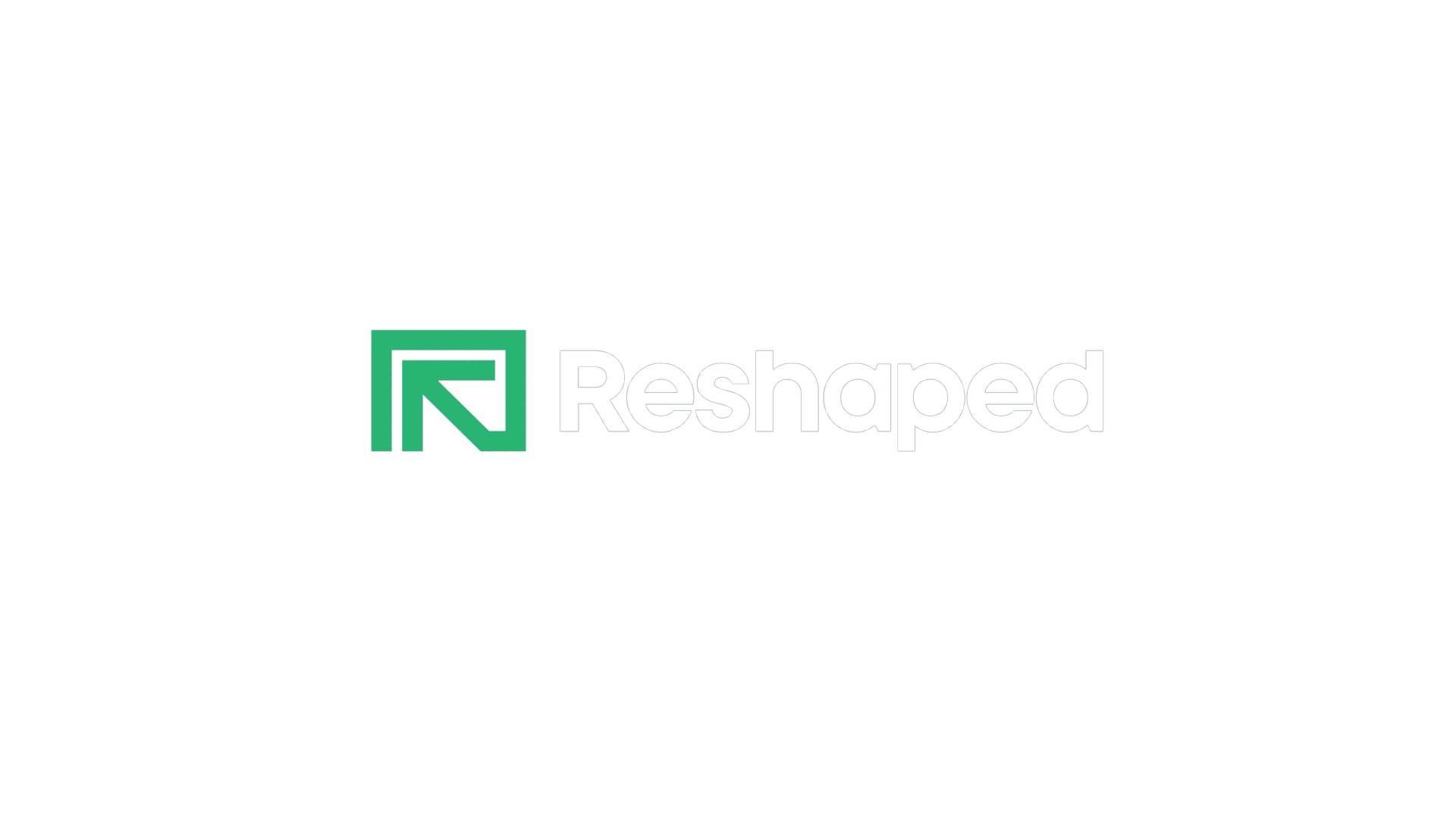Large Language Models (LLMs) such as ChatGPT, Claude, and Google’s AI Overviews are reshaping the way people discover and consume information online. Instead of showing a list of links like traditional search engines, these tools deliver direct answers, concise summaries, and even insights right in the chat.
This shift means that the way your content is structured has become just as important as the information itself. If your content is not easy for AI to scan, summarize, and interpret, it risks being overlooked in generated responses even if it performs well in traditional search rankings.
So how can you create content that stands out in this new landscape? In this guide, we’ll break down 7 powerful content formats that make your work more discoverable to LLMs, increase engagement, and help you stay ahead as SEO evolves.

How does LLM select content?
The numbers already prove how big this shift has become. According to a 2025 Adobe Analytics study, traffic to U.S. retail sites from generative AI sources skyrocketed by 1,200% between July 2024 and February 2025 (SurferSEO, 2025). That kind of growth makes one thing very clear: if you don’t understand how LLMs pick content, you risk losing visibility fast.
So what exactly are these systems looking for when they choose what to quote? They weigh content across a mix of factors that go beyond old-school SEO ranking signals.
1. Content clarity and structure
LLMs need to extract information cleanly. If your content is messy or buried under fluff, AI will move on to a clearer source.
Humans can skim and interpret nuance, but LLMs rely heavily on clean cues about where one idea ends and another begins. Without that structure, your chances of being surfaced shrink.
Think of your formatting as a roadmap for AI. Proper HTML hierarchy with well-defined H2s, H3s, and H4s signals topic shifts. A study from Data Science Dojo confirmed that content with clear structural markers dramatically improves how effectively an LLM can extract and reuse your material.
2. Relevance matching
LLMs measure how closely your content addresses the exact question being asked.
This is not like traditional SEO where broad coverage could still get you ranking. LLMs are laser-focused on pulling the passage that gives the most precise answer to user intent.
Keywords alone won’t cut it. LLMs understand context, semantics, and relationships between concepts. Research from SEO.ai shows that they reward content written in natural, conversational language that comprehensively explains a topic. The more directly you speak to the question, the higher your odds of being selected.
3. Information quality and freshness
AI favors content that is accurate, well-sourced, and updated with the latest data.
Outdated or vague material gets filtered out quickly. Users expect current, trustworthy insights, and LLMs are built to deliver just that.
Adding clear update signals, such as “Last Updated” dates or references to current years, dramatically increases your visibility. Testing by Ethinos found that content explicitly marked as recent was chosen over older material almost every time.
4. Authority signals
LLMs check how trustworthy and expert your content appears across the web.
AI systems are designed to avoid amplifying misinformation, so they place a premium on credibility and expertise.
It’s not just backlinks anymore. Consistent entity information across your website, social media, and third-party mentions makes your brand more recognizable to AI. Penfriend’s research highlighted that content backed by strong brand signals and topical depth is far more likely to be pulled into answers than material from a lesser-known source.

7 content formats for LLMs visibility
Creating content that works well for LLMs goes beyond writing long blogs or guides. These systems thrive on information that is structured, easy to understand, and clearly presented.
The more structured and transparent you make your content, the more likely it is to be surfaced in AI-driven results.
Experimenting with formats such as voice-activated experiences, multimodal content, and interactive assistants can give your brand a broader reach and increase the odds of being picked up in LLM outputs.
Let’s look at specific content formats that consistently perform well with AI systems.
1. Content clarity and structure
When it comes to LLMs, clarity is everything. These systems look for passages that are well-organized, direct, and easy to extract. If your paragraphs are long and meandering, the AI will skip you for a cleaner option.
To improve clarity:
- Front-load key information at the start of sections or paragraphs.
- Use descriptive H2, H3, and H4 headings that clearly state what follows.
- Keep paragraphs tight, around two or three sentences each.
- Add bullet points, numbered lists, or tables whenever possible.
Tables are especially effective in comparison-style content because AI can easily turn them into quick reference answers. Think pricing tables, feature breakdowns, or side-by-side specifications.
This style of formatting might remind you of featured snippet optimization from traditional SEO. And that’s not a coincidence, many of the same tactics apply. The big difference is that LLMs often pull smaller chunks of text rather than entire sections, which makes clarity and structure more important than ever.
2. Write listicles
Listicles remain one of the most LLM-friendly formats because they break down complex information into bite-sized, digestible points. They naturally lend themselves to summaries and direct answers.
Examples include:
- 10 best marketing agencies
- 6 ways to boost your content marketing
- 7 agencies that can help grow your SEO game
These posts are not only popular with human readers but also frequently appear in Google’s AI Overviews and other AI-driven platforms.
The trick is to keep your lists fresh and backed by data. AI systems love content that introduces new statistics, benchmarks, or survey results. Even running a quick LinkedIn poll or analyzing your customer base can yield unique insights that make your content quote-worthy. You don’t always need a full research paper, even a handful of unique stats can increase the chances of being cited.
3. The question–answer format
If there’s one format you should double down on, it’s this one. Research from Princeton found that content framed as clear questions followed by direct answers was 40% more likely to be quoted by tools like ChatGPT.
Best practices:
- Phrase questions the way users would actually ask them.
- Tackle both beginner and advanced questions.
- Provide multiple variations of the same query (how/what/why/when).
- Start with a short, 40–60-word answer.
- Follow with context, examples, or supporting data.
For example:
What are AI-friendly listicles?
AI-friendly listicles are articles broken into numbered points or steps that LLMs can quickly summarize. Instead of long paragraphs, each item delivers a self-contained idea, making it easier for AI systems to extract. For instance, a 2025 HubSpot study found that list-style posts generated 29% more AI citations than traditional long-form essays.
Unlike traditional SEO, which often revolves around ranking signals like backlinks or keyword density, AI optimization emphasizes readability and reliability. A 2025 BrightEdge report showed that content tailored for AI search received 34% more mentions in generative answers compared to standard SEO-focused articles.

4. Step-by-step guides and tutorials
LLMs are problem-solvers, which makes guides and tutorials incredibly valuable. They work because each step can stand alone while also forming part of a larger process.
Example: How to Set Up Google Search Console
- Sign in with your Google account
- Add your website property
- Verify site ownership
- Submit your sitemap
This clear, numbered approach makes it effortless for AI to turn the content into summarized answers. Just make sure your steps are simple, practical, and labeled clearly.
5. Optimize for conversational, long-tail queries
AI-powered search leans heavily on natural language processing, so the closer your content mimics human conversation, the better it performs.
Traditional SEO would target broad, short keywords like “best running shoes.”
But in AI-powered search, the query sounds more natural and specific, for example: Which running shoes are best for marathon training if I have flat feet and a budget of under $150?
This shift opens huge opportunities. Content that addresses these nuanced, specific queries gets picked up more often in AI answers. Long-tail queries have always been a smart SEO move, but for LLM optimization, they’re absolutely critical.
A few practical examples:
- What’s the most affordable video editing software for YouTube beginners?
- Which accounting tools are best for freelancers who bill international clients?
- Is Canva or Photoshop better for small business social media design?
The key is to go beyond “what” and lean into the “how” and “why.” This deeper context is what makes your content more appealing to AI systems.
6. Checklists and cheat sheets
If there’s a format that screams practicality, it’s this one. Checklists and cheat sheets break down big tasks into simple, actionable steps that are easy for both humans and LLMs to scan.
How to make them work:
- Build checklists around common workflows (onboarding, SEO audits, campaign setup).
- Keep items short, one action per line.
- Offer downloadable versions as added value.
These are also fantastic as lead magnets. People love a printable cheat sheet, and AI systems love the structured clarity that comes with them.
7. Diversify content formats and platforms
AI doesn’t just pull from blogs, it pulls from across the open web. That means an omnichannel strategy is no longer optional. Converting one strong piece of content into multiple formats expands your reach and boosts the odds of being referenced by AI.
For instance, a guide on email marketing could become:
- A podcast episode
- A YouTube tutorial
- A LinkedIn article series
- A thoughtful Reddit or Quora post
- An infographic for social media
- A guest blog post on another site
- An appearance on someone else’s podcast
The more places your insights show up, the more touchpoints AI has to recognize your brand as an authority.
You should be seeing your content on LLM now
Search is changing fast. Tools like ChatGPT, Perplexity, and Gemini aren’t just novelties anymore. They’re becoming the front doors to information for millions of people.
With their clean, conversational, and ad-free experience, they’re quickly reshaping how people discover and engage with content.
For content marketers, that means the old playbook isn’t enough. Ranking high on Google still matters, but it’s just one piece of the puzzle now. The bigger challenge is making sure your content is structured, credible, and visible across the wider web.
That goes beyond your blog. Reviews on sites like G2 and Capterra, conversations on Reddit, thoughtful answers on Quora, and even casual mentions in niche communities all feed into how LLMs perceive your brand. If those touchpoints are consistent, accurate, and authoritative, you’re far more likely to show up in AI-driven answers across platforms like Microsoft Copilot or Perplexity.
The roadmap is straightforward but requires commitment:
- Audit your current content for clarity, structure, and topical depth.
- Strengthen off-page mentions through guest contributions, interviews, and curated listicles.
- Actively manage and update your presence on review sites and forums.
- Build or participate in communities where your audience already spends time.
And as you plan new content, double down on mid-to-bottom funnel pieces that not only educate but also tie back to your brand’s expertise. These assets give LLMs clear, useful chunks of information to pull into their answers and that’s how you keep showing up in front of the right audience.
If this sounds like a lot to manage, that’s exactly what we’re here for. At Reshaped, we specialize in helping brands create content that doesn’t just rank but gets surfaced in AI-driven search experiences.
Ready to future-proof your content strategy? Let’s connect and make it happen.





